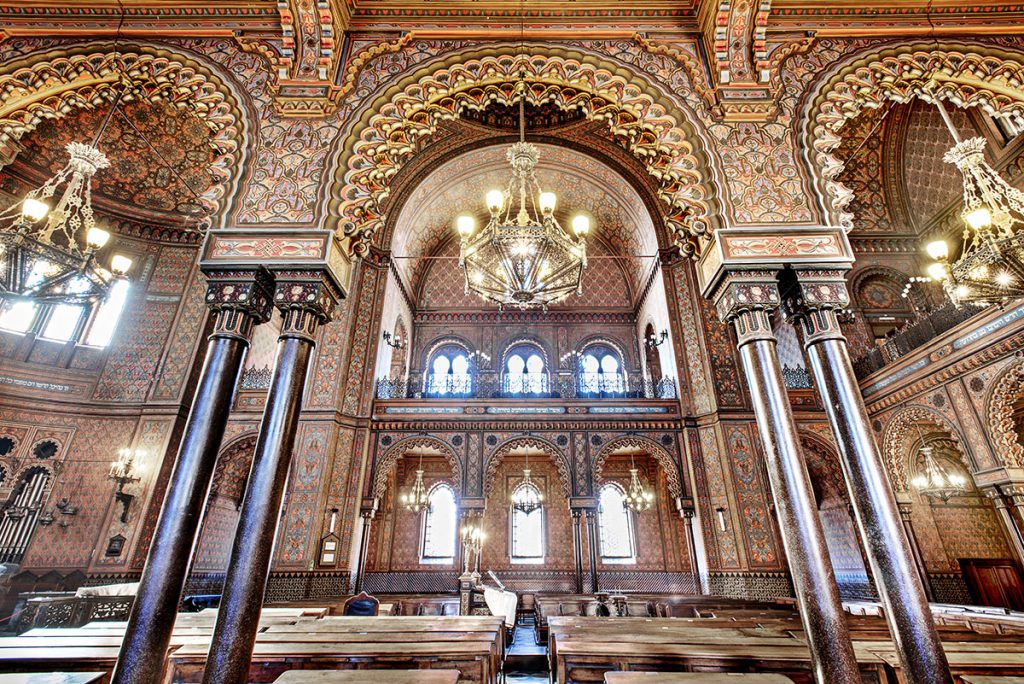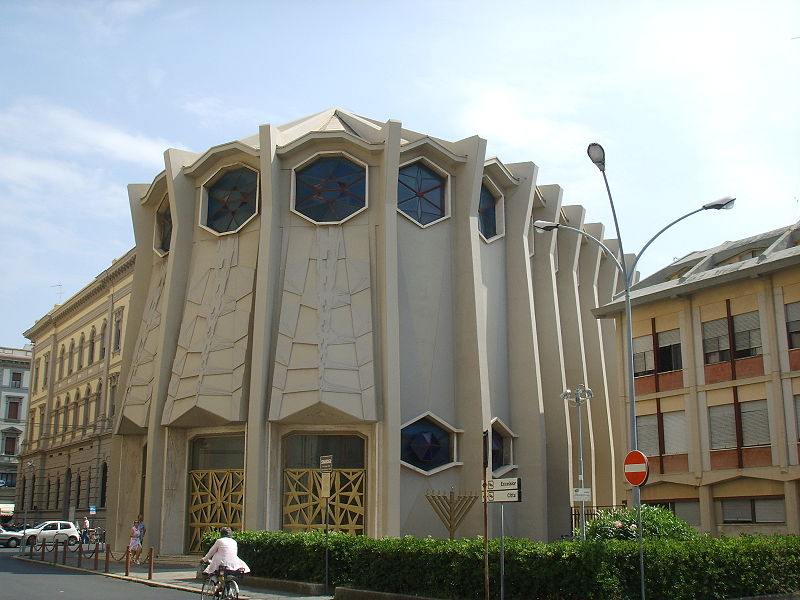With cities like Livorno and Florence, Tuscany represents an important part of the history of Jewish life in Italy, although evidence of the longstanding Jewish presence here is less abundant than in Venice and Piedmont. The large free port city of Livorno was the largest Jewish city of Italy between the seventeenth and nineteenth centuries.

The powerful Spanish-Portuguese community had what was considered to be one of the most sumptuous synagogues in Europe along with that of Amsterdam. Florence’s richly decorated Grand Temple, completed in 1882, stands as one of the most luxurious of those erected after the Jews’ emancipation.
Small Jewish communities have lived in the region since the Middle Ages. Early records demonstrate a stable presence -thanks to the Medicis- of Jewish moneylenders in Florence from the beginning of the fifteenth century. The Medicis remained well disposed toward Judaism for almost a century. Cosimo I readily welcomed the Jews fleeing the Papal States in 1555. Several years later, however, Cosimo I buckled to papal pressure and forced the Jews of the Grand Duchy to live in two ghettos, one in Florence and the other in Siena.

In 1593, Cosimo’s successor Ferdinand I took a more pragmatic and tolerant political stance and encouraged the Jews, especially those who had fled the Iberian Peninsula a century earlier, to settle in Livorno in order to develop the Grand Duchy’s commerce with the Levant. The small city of Pitigliano, near the former border with the Papal States, was another center of Judaism. Refugee Jews awaiting better times in Rome settled here in the sixteenth century. Their descendants stayed in Pitigliano until the emancipation of the Jews in the middle of the nineteenth century.